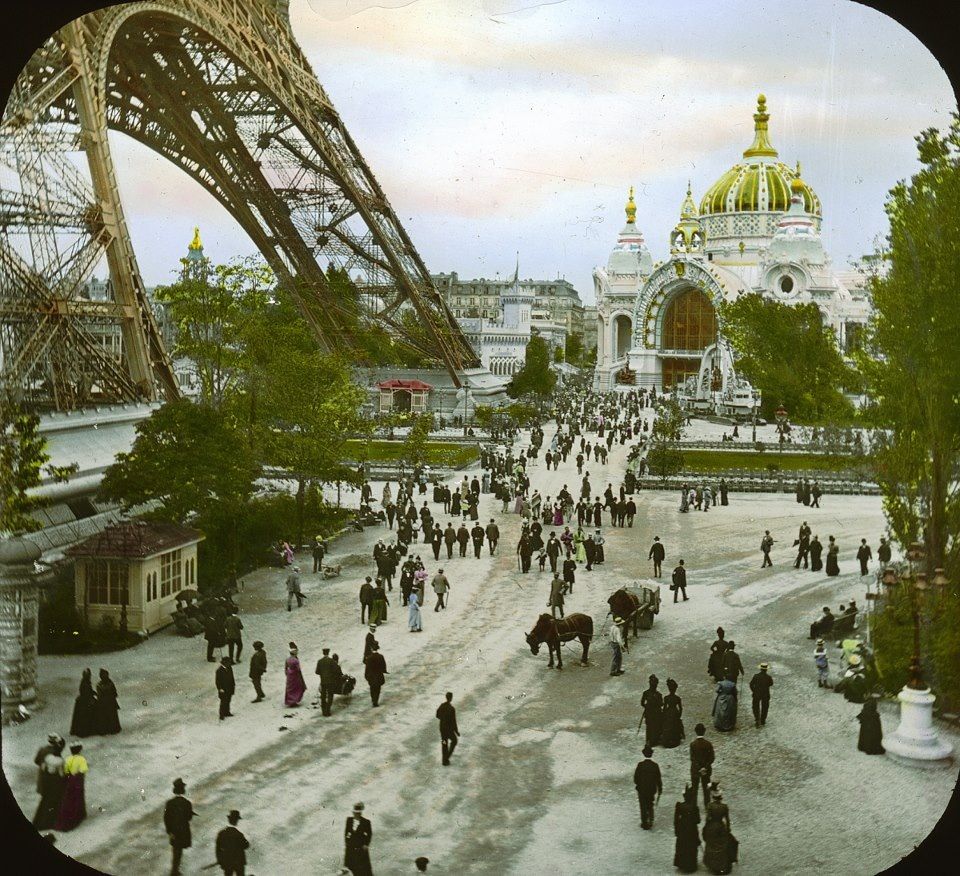CTS 2 EN 2020-2021
The first semester 2020-2021 
Our topic will be a very fascinating period of western musical and cultural history: the so called Fin de Siècle.
The years 1880-1920 are often connected with this period, although there are also clear relations with the earlier 19th century.
Other terms also connected with this period are: Jugendstil, Art Nouveau, Belle Époque, impressionism and symbolism.
The Fin de Siècle marks the end of the so called "long 19th century", a term used by historians for the period of the French Revolution (1789) until the beginning of the First World War.
Of course the Fin de Siècle didn't pop up from nowhere; therefore we'll discuss also the circumstances leading to it:
- late romanticism in central Europe (chapter 29 and 30 from AHWM)
- opera and music theatre in the late 19th century (chapter 28 from AHWM)
Besides your personal research (contextual essay) on a topic of your choice we will cover in our lessons the following topics.
History
We return to (the beginning of) the nineteenth century and look from that perspective to twentieth century music.
Composers: Schubert, Schumann, Mendelssohn, Chopin, Brahms, Grieg; Wagner, Wolf, Bruckner, Strauss, Debussy.
Score analysis of Schubert (String Quintet) and Brahms (Symphony nr. 4 first movement)
AHWM chapters 25, 26, 29, 30 and the importance of Wagner and Debussy for modern music (28, en 32).
With regard to harmony we are going to focus on romantic harmony in several forms:
- the use of chromaticism and enharmonicism (concentric, excentric): secondary/applied dominants (forms of V and VII); ascending an descending leading tones.
- typical (altered) chords, turns and modulations: #IV, A6-chords, bVI in major, Neapolitian (6), Moll-Dur
- de musical goals for which chromaticicsm and enharmonicism can be used, such as:
obscuring tonality (Wagner, Wolf, Bruckner, Strauss) also called "floating" tonality
colour in chord changes (Schubert, Grieg, Fauré)
introduction modal elements (Fauré, Debussy)
introduction "new" octave-patterns/scales (Debussy, Rimsky-Korsakov, early Stravinsky)
We are going to analyze typical fragments from the mentioned composers.
Score analysis of Schubert and Brahms.
For the lesson of week 41: 5-9 oktober
Watch the videos of the following playlist:
https://www.youtube.com/playlist?list=PLUmJV3lSGkGUvFpdPlqzJzKNaHX2XFBkK
They provide an overview of the important painting styles of the 19th century



